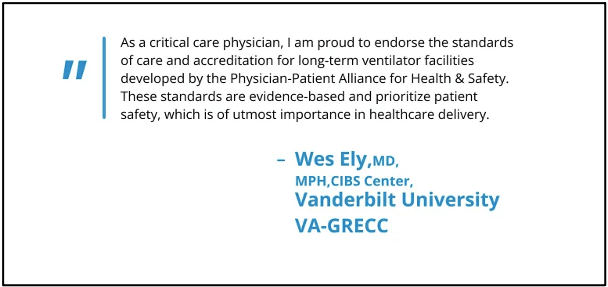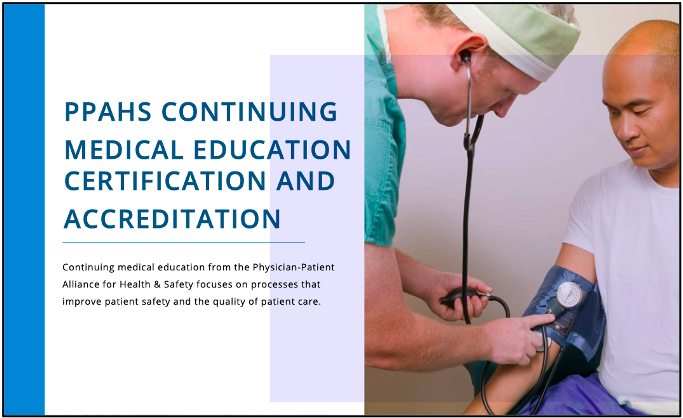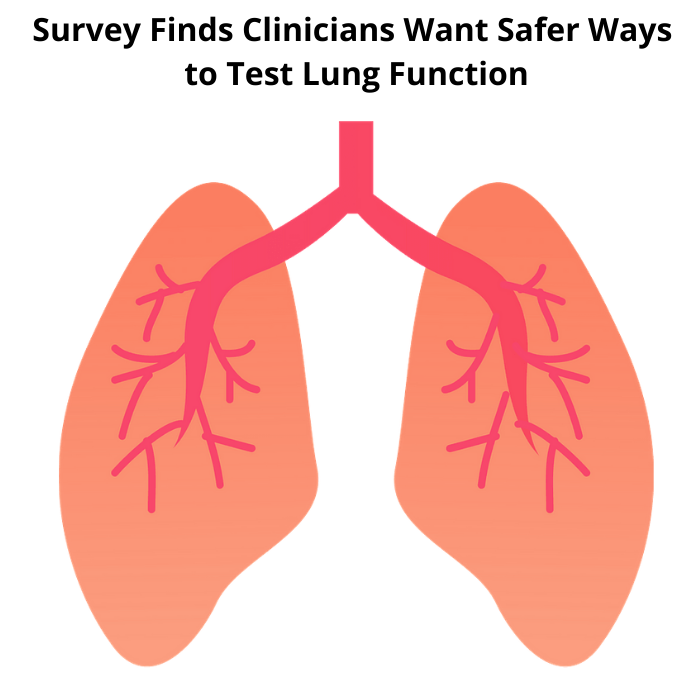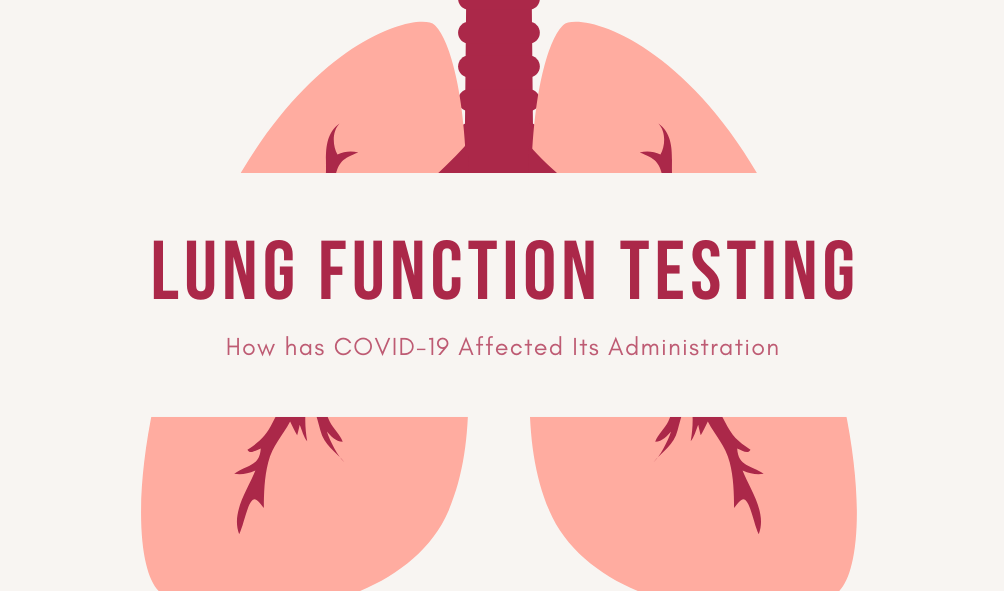From the desk of the Executive Director of the Physician-Patient Alliance for Health & Safety – this article discusses the receipt of 11 applications for Enhanced Respiratory Care across 6 US states and 2 different countries, as well as substantial international interest in ERC courses from Ghana, Kuwait, and Pakistan.
By Michael Wong, JD (Executive Director, Physician-Patient Alliance for Health & Safety)
Enhanced Respiratory Care Pre-Launch Jitters
When we were planning for the launch of the Enhanced Respiratory Care Accreditation program, the pessimist in me said we would not get any applications at all.
However, even before we launched the program on April 20, 2023, Carl Hinkson, MS, RRT-NPS, ACCS, FAARC (President, American Association for Respiratory Care) had sent us this letter announcing support and endorsement of our Enhanced Respiratory Care program.
Continue reading “Enhanced Respiratory Care Accreditation – 11 Applications, 6 States, 2 Countries”





